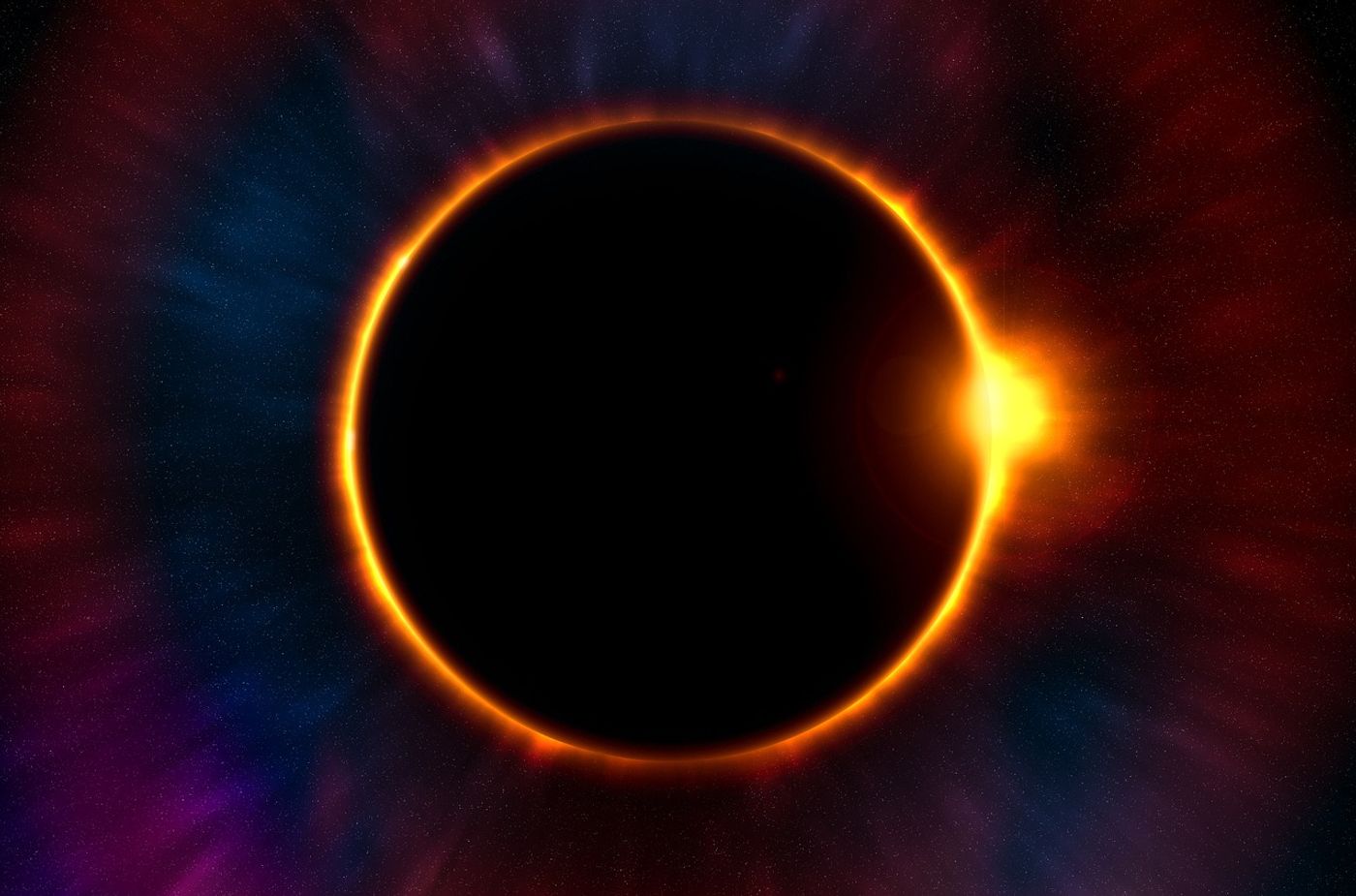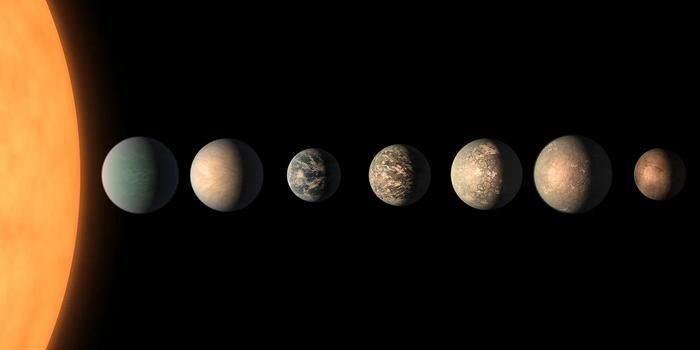Researchers Unwrap Heat Secrets of Sun's Corona
In a recent study published in Science Advances, a team of researchers led by Princeton University have revealed the long-unseen process that explains how the Sun’s corona—the outermost part of the Sun’s atmosphere—is hotter than the Sun’s actual surface. This study holds the potential to help us better understand how our Sun works, to include predicting solar events, star formation and evolution, as well as the formation of large-scale magnetic fields in the universe. The discovery was made at the US Department of Energy’s (DOE) Princeton Plasma Physics Laboratory (PPPL).
"Our direct numerical simulation is the first to provide clear identification of this heating mechanism in 3D space," said Dr. Chuanfei Dong, who is a physicist at PPPL and Princeton University, and lead author of the study. "Current telescope and spacecraft instruments may not have high enough resolution to identify the process occurring at small scales.”
Dr. Dong was able to unmask the process thanks to 200 million hours of computer time for the world's largest computer simulation of its kind to date.
The researchers revealed the secret behind this unusual energy transfer process is from magnetic reconnection which both separates and reconnects a plasma’s magnetic field, with the plasma being comprised of the atomic nuclei and electrons that makes up the solar atmosphere.
"Think of putting cream in coffee," said Dr. Dong. "The drops of cream soon become whorls and slender curls. Similarly, magnetic fields form thin sheets of electric current that break up due to magnetic reconnection. This process facilitates the energy cascade from large-scale to small-scale, making the process more efficient in the turbulent solar corona than previously thought."
The paper notes that further unpacking of the energy transfer process will be crucial in solving key cosmic mysteries.
Sources: Science Advances, NASA
As always, keep doing science & keep looking up!









